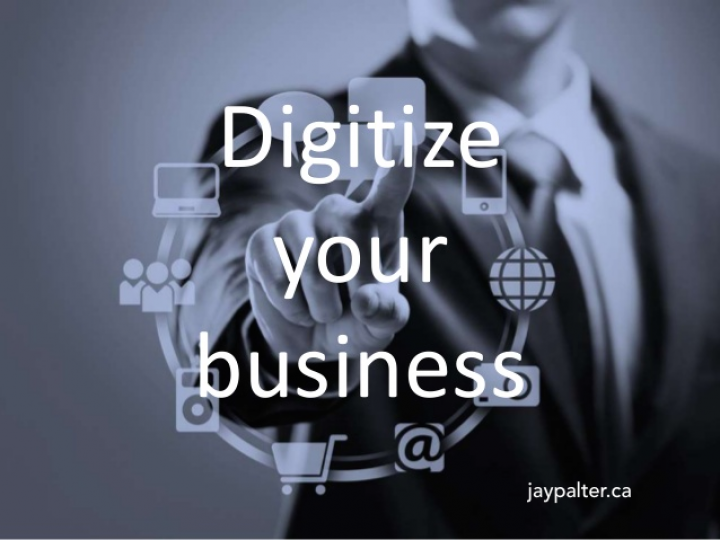
The dark side of Entrepreneurship
Most people train in the field of entrepreneurship out of necessity. Some get formal training and some learn by the seat of their pants. I am one of those that learnt as I went on, making mistakes and paying the price. I have always found it interesting that the courses and incubators train entrepreneurs to look forward, which is what they should do. Most training involves developing exciting student skills and talents to building businesses and making the most out of opportunities. Count yourself lucky if you can get an experienced entrepreneur with failures behind him as your mentor. After all the excitement of working for yourself, building something, seeing the results and feeling the possible freedom that entrepreneurship brings, there is a dark side. Experienced entrepreneurs don’t talk about it. Even I am hesitant to do so. It might be because of ego. But I think it’s got more to do with the feeling of failure that all entrepreneurs try and avoid like the plague.
The dark side of life is there to balance the positive, so it’s not all bad.
Entrepreneur training teaches you how to build and persevere, but also provides statistics to show why you must persevere.
Statistics; let’s say, of 1 in 10 opportunities will work. The dark side is what happens with the other 9 failures. I called this the scorched earth principle.
Example: Entrepreneur Training teaches the student about initial funding, sometimes called Angel funding such as friends and family. The dark side raises the question: What happens to their money after your failures? Especially considering most of them trusted in you and your plan and aren’t business people. Most of them are salary drawers and slaves to the world without the capability to recover the amount you used in their lifetime. What maturity of thought did you use originally to use their funding and were you willing to say No to their money, despite desperately needing it for your business venture?
Closing down a business that doesn’t make money is surely the hardest thing to do, ever… and you will have to do it voluntarily, many times and manage the consequences
Be ready to leave a scorched world of debt and relationships in your entrepreneurial life. Be very ready to liquidate, sequestrate, and start literally from zero without money, bank, debt, credibility, friends or family… only your experience.
To stand up again after each total loss is as hard as starting to walk as a baby. You WILL need someone’s help much like a crutch to get up, a little bit at a time.
What will I
have to show for this ‘dark side event’?
Something I always think about is how different my life would have been had I had a business mentor. Someone who played open cards with what really happens. Yes, I know young people generally starting out won’t listen. I would have liked to know in the beginning, what would be the typical personality traits of an entrepreneur. It’s not your product, method or idea alone that will make money and success; it’s
who you are, your personality and talent. I have compiled this short list of what I think the natural skills of an entrepreneur would have to be as a minimum to succeed.
Your skills should include:
-
- never-ending perseverance to make things work, sometimes fail, but always stand up again
- a thick skin to handle the negative feedback from all corners
- unlimited creativity and problem solving skills
- stable personal relationships
- open-minded to receive support from the weirdest sources.
What is the experience like then?
As much as every entrepreneur dreams of the freedom that success and wealth can bring by doing his own thing, there are challenges. As this post is not about the good stuff and the good life of freedom for the entrepreneur, i will expand on the impact of this Dark side of the spectrum. Oh the doom and gloom!
- You will constantly fight the psychological challenge of doubt and your own daemons such as self-confidence, ego, and many. I believe an entrepreneurs life is a tough life and survivable by only for certain personality types.
- You WILL always have to smile, suck it up and turn the other cheek.
- You WILL learn to always put business first, meaning you can’t say what you feel or want, you’ll learn to say what’s needed to get the sale.
- You WILL learn to be tactful in the face of tactlessness
As reward, I think the biggest benefits are that you will have a story to tell. You will have survival experience. You will have a life worth handing over to your kids.
A final word of caution. Be careful taking advice from entrepreneurs who haven’t felt this dark side and survived it. I found the worst mentors to take advice from are those that have only had successes. Or even worse are those who’s first projects and business were successful. They still have much to learn about being a successful entrepreneur over a long period, revealing a more yin yang view of this lifestyle.
Always ask a mentor about this dark side and pay heed to his advice. We hate talking about it, but we know these experiences are defining in being an entrepreneur.



